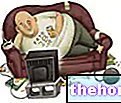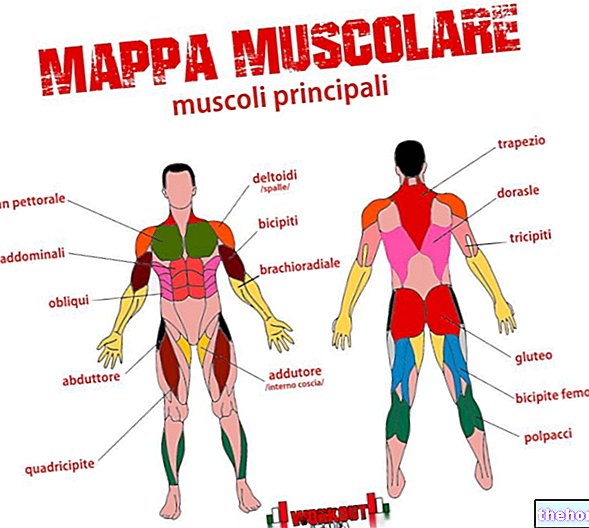How it is produced, how it works, how to control its secretion
What is Testosterone
Testosterone is a hormone belonging to the category of androgens (typically male sex hormones, but also important in women). Testosterone is produced mainly in the Leydig cells of the testes, under the influence of the luteinizing hormone (LH) released by the anterior pituitary.
Synthesis and Secretion

Daily change in plasma testosterone levels. Note the peak reached around 2 - 3 in the morning.
Testosterone is secreted with a circadian rhythm: in the very first hours of the morning the blood peak is reached, which then decreases during the rest of the day.
In the human body, testosterone is synthesized from cholesterol:
Cholesterol → Pregnenolone → DHEA → Androstenedione → Testosterone
Of all the testosterone produced by the human body, only a small amount circulates in the blood in a free form. Inside the bloodstream, as happens for many other hormones, testosterone is largely bound (about 98% in men, 99% in women) to specific plasma proteins (Sex Hormon Binding Protein 45% and Albumin 53% ) which temporarily inactivate it.As a result of metabolic demands, a small proportion of these bonds can break, leaving testosterone free to migrate into cells and regulate gene transcription.
If there is an excess of free testosterone, the body has the ability to neutralize it by transforming it into estradiol (a typically female hormone) through an aromatization reaction that occurs mainly at the level of adipose tissue and the central nervous system. Estradiol in turn acts as an inhibitor of testosterone production by reducing the hypothalamic secretion of GnRH (gonadotropin releasing hormone LH and FSH). This hormone reduces the amount of LH produced and consequently the synthesis of testosterone in the testes.
Two key concentrations already emerge from this brief introduction:
- traditional laboratory tests only detect the amount of total testosterone, without giving us information on the amount of free testosterone. To obtain this data, specific and much more expensive tests are required. It follows that classic blood tests can only give us an estimate of the body's metabolism of androgens.
- An abuse of testosterone, its precursors or derivatives, could in a sense have the opposite effects to those hoped for. The excess of testosterone would in fact be transformed into estradiol, a typically female hormone that increases the storage of fat in specific body regions (see gynecomastia).
Functions
Clinical actions of testosterone
IN THE PRENATAL LIFE:
- development of the external genitalia
IN PREPUBERAL AGE:
- influence on behavior
IN PUBERAL AGE:
- development and maturation of the external genitalia
- acquisition of secondary sexual characteristics (appearance of beard, mustache, hair, temporal recession, lowering of the tone of the voice)
- linear growth spurt pubertal growth (interaction with GH and IGF-1)
- psyche: more aggressive attitudes and development of libido> increase in muscle mass
IN ADULT AGE:
- testosterone promotes hair growth, maintenance of secondary sexual characteristics and the eventual appearance of baldness
- psyche: maintenance of behavioral attitudes and libido
- stimulation of spermatogenesis
- hematopoiesis: increased production of erythropoietin (EPO)
Insights
SPORT, NUTRITION AND TESTOSTERONE
PHYSIOLOGY and HEALTH
TESTOSTERONE-BASED DRUGS




























